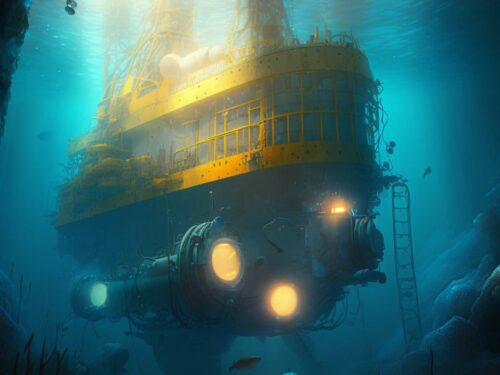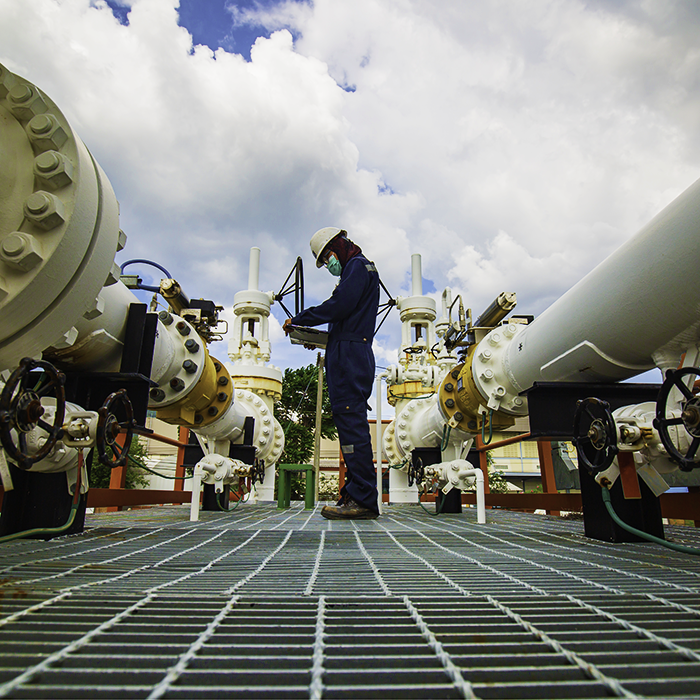Subsea Technologies for Oil & Gas Production
Subsea technologies are revolutionizing oil & gas production and unlocking new energy resources. This guide provides an in-depth look at subsea exploration and extraction, including cutting-edge developments in robotics, engineering, medicine, safety, and more.
Understand the Benefits of Subsea Technology
Subsea technologies offer numerous advantages to oil & gas production. By using robotics and automation, companies can reduce the risks of exploration and extraction in harsh, remote environments. Additionally, these technologies can increase accuracy of data collection and analysis while allowing for greater control over operations. With the right mix of subsea technology, firms can more efficiently develop energy resources while promoting better safety practices.
Learn About Subsea Structures and Equipment
Subsea technology makes use of a wide range of specialized equipment and structures which enable companies to access the resources found on the ocean floor. This includes subsea blowout preventers, flexible pipes, umbilical’s, manifold systems, and risers. Additionally, automated measurement devices are commonly employed to measure parameters such as pressure and temperature at different depths. Through the proper deployment of these various components, companies can successfully collect data for decision making during oil and gas production activities.
Discover What Goes into Subsea Installation
Subsea installation is a complex process and one of the most important aspects of subsea technology. It involves planning, designing, and installing the necessary components to access resources found on the seafloor. This includes selecting the right flowlines to attach production infrastructure, laying down pipelines for transporting materials, setting up meters for measuring reservoir data, and connecting manifolds to integrated support structures. A successful subsea installation requires precise engineering and timely completion in order to ensure safe operation and maximum resource recovery.
Explore Trenching and Bottom-Feeding Equipment
Subsea trenching and bottom-feeding are two important processes during subsea installation. Trenching involves using tools, including trenchers and other heavy machinery, to cut through the sea floor in order to lay pipelines for transporting materials. Bottom-feeding equipment uses special vehicles such as remotely operated underwater vehicles, survey vessels and automated systems to interact with the seafloor in order to gather data or install components. By successfully implementing subsea technologies such as trenching and bottom-feeding, operators can access new energy resources with greater accuracy than ever before.
Integrate Seabed Data into Drilling Operations
Seabed data is vital for subsea operations and allows Drilling Operators to identify areas of risk when performing activities such as pipeline installation. By incorporating this data into the planning of drilling projects, operators can improve safety and reduce costs by reducing vessel time. With seabed surveys, operators are able to gather critical environmental data, taking into account factors such as waves, currents and turbulence which may affect the success of the operation. This data is then factored into the positioning systems used to employ vessels or drill head gear allowing for more accurate decision-making during drilling operations.





0 Comments